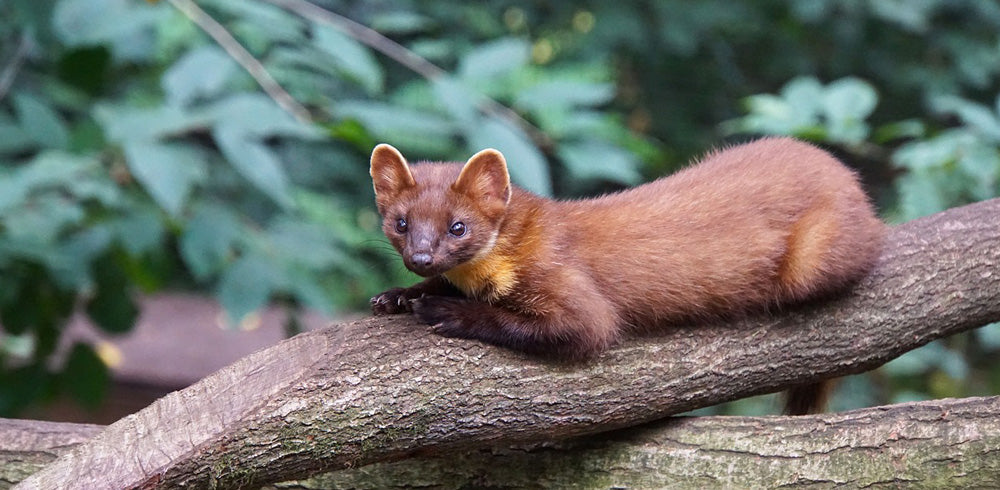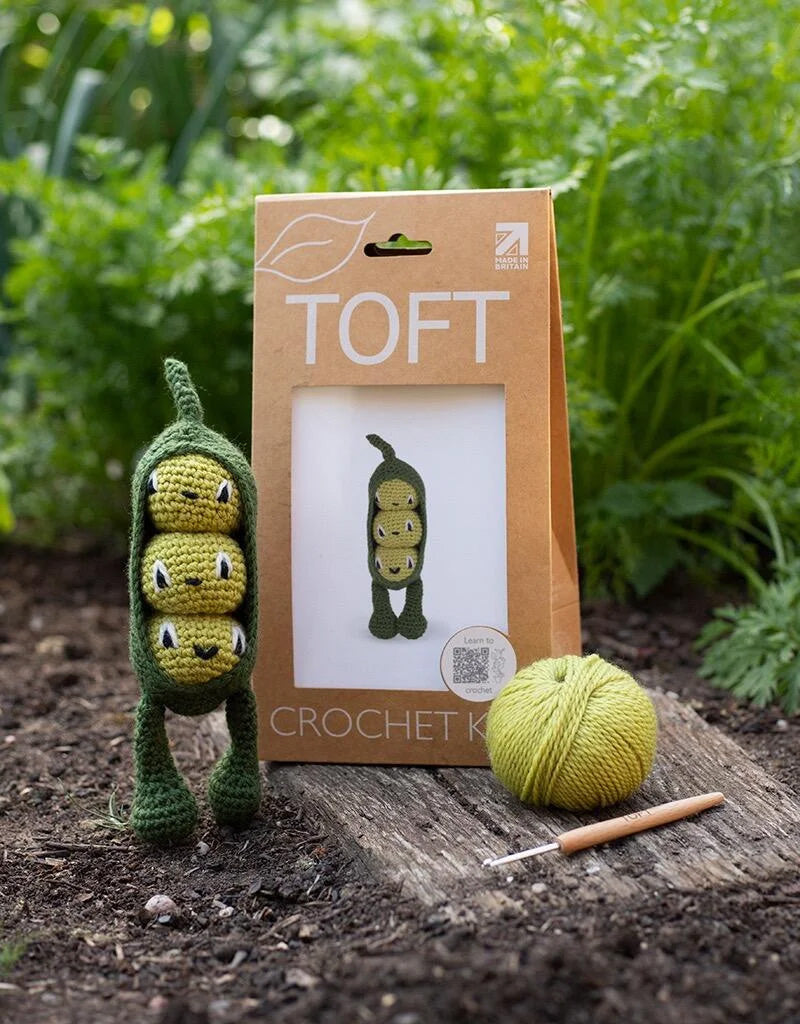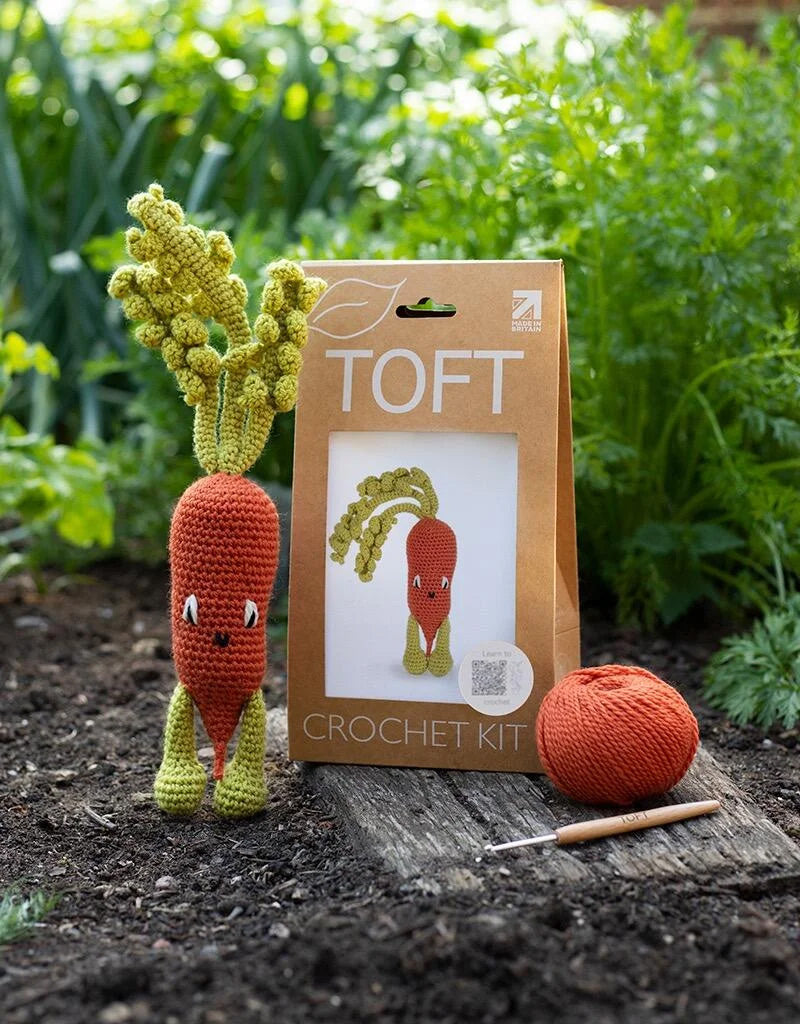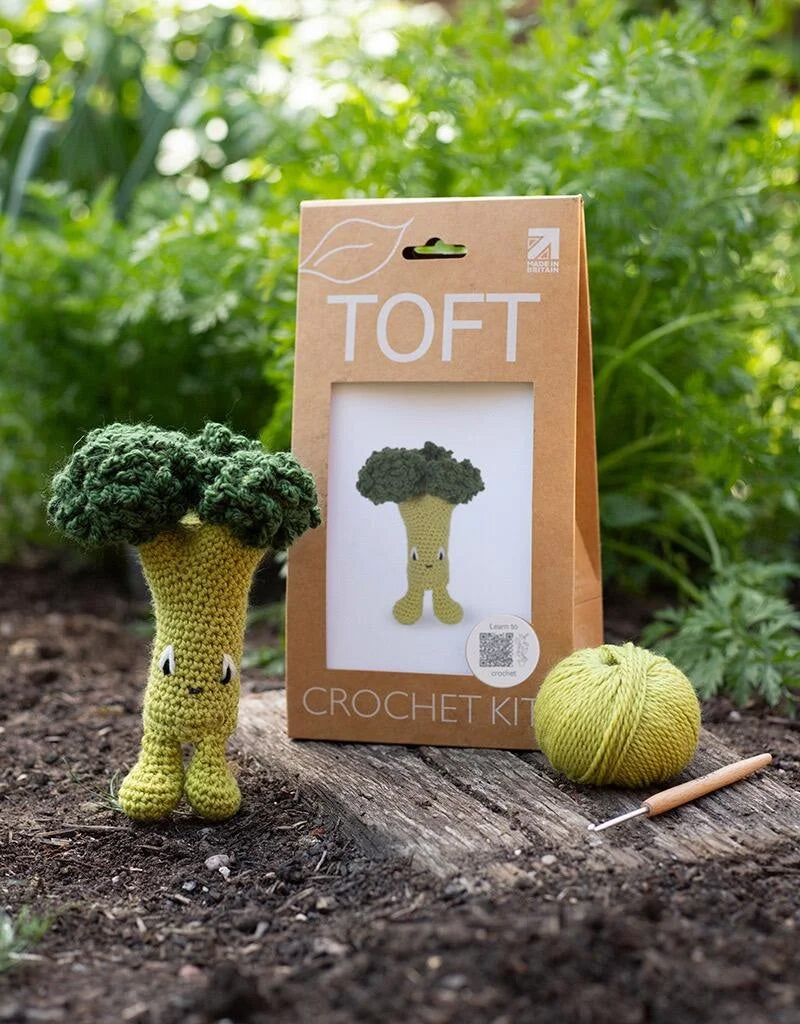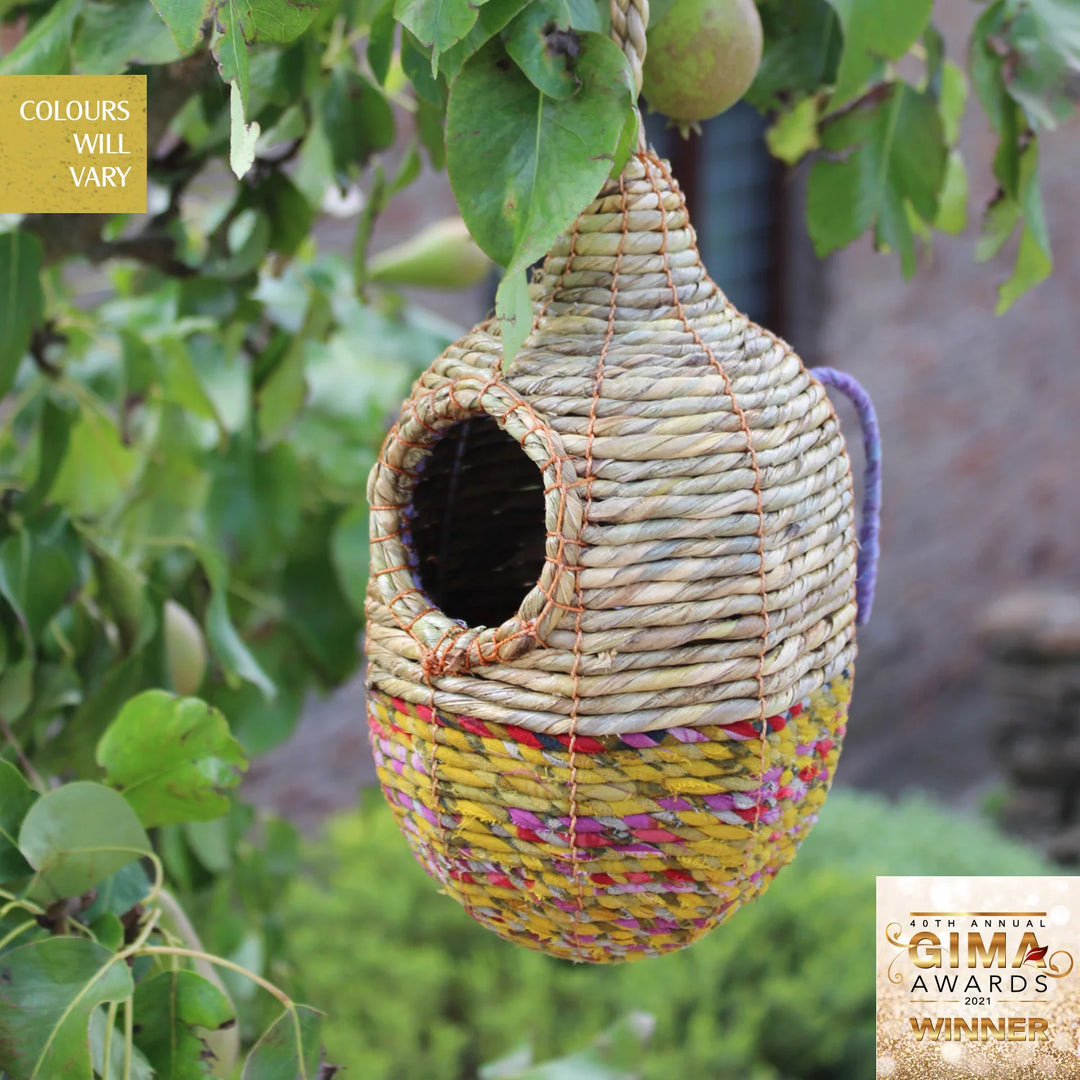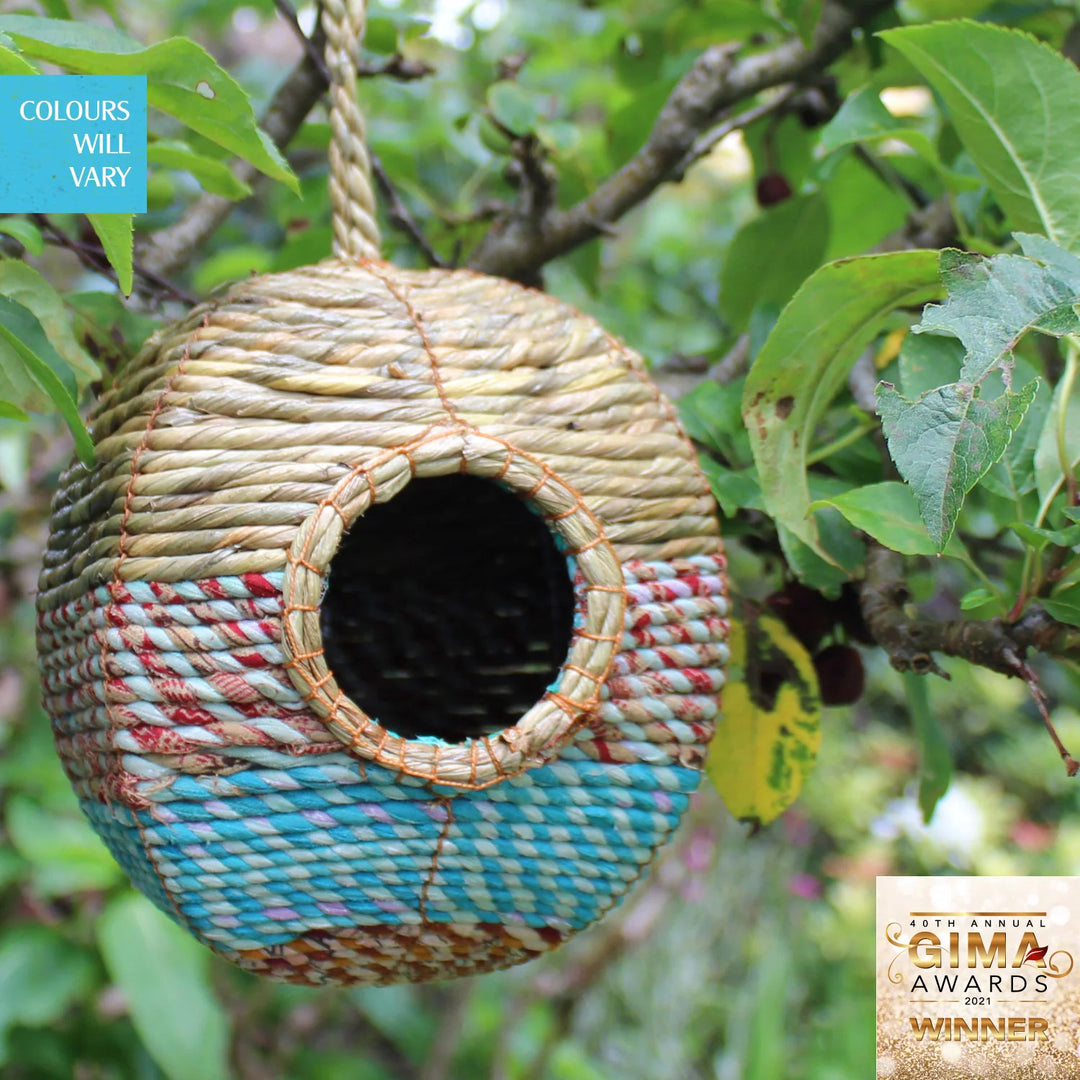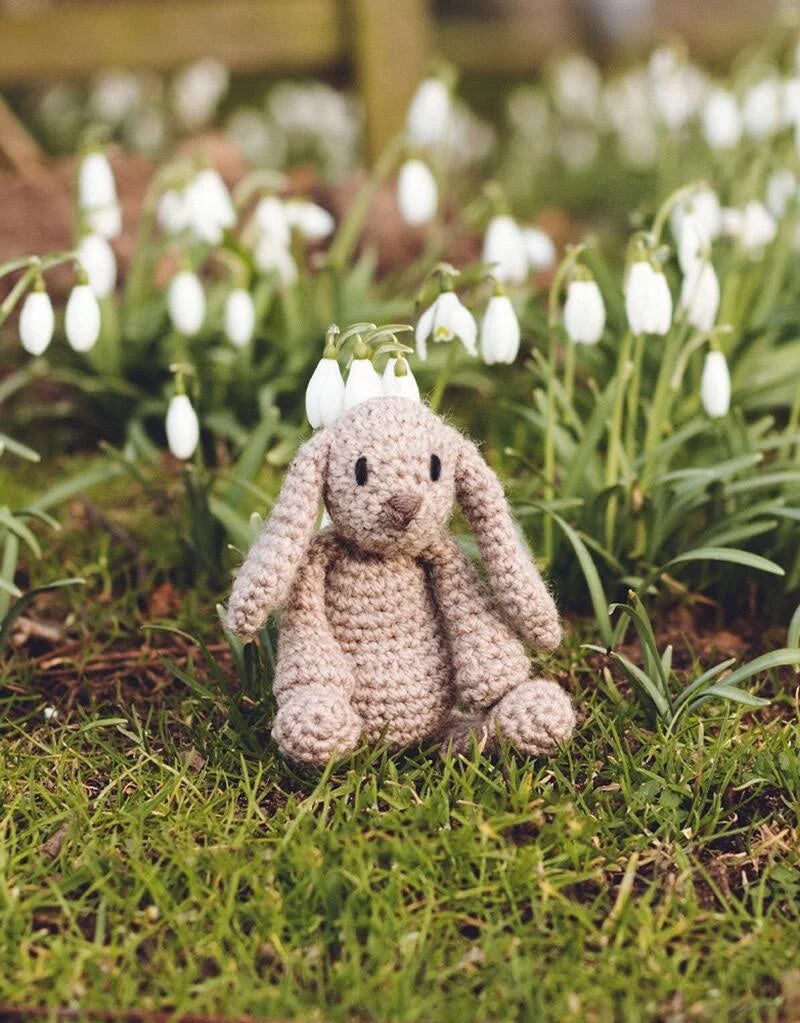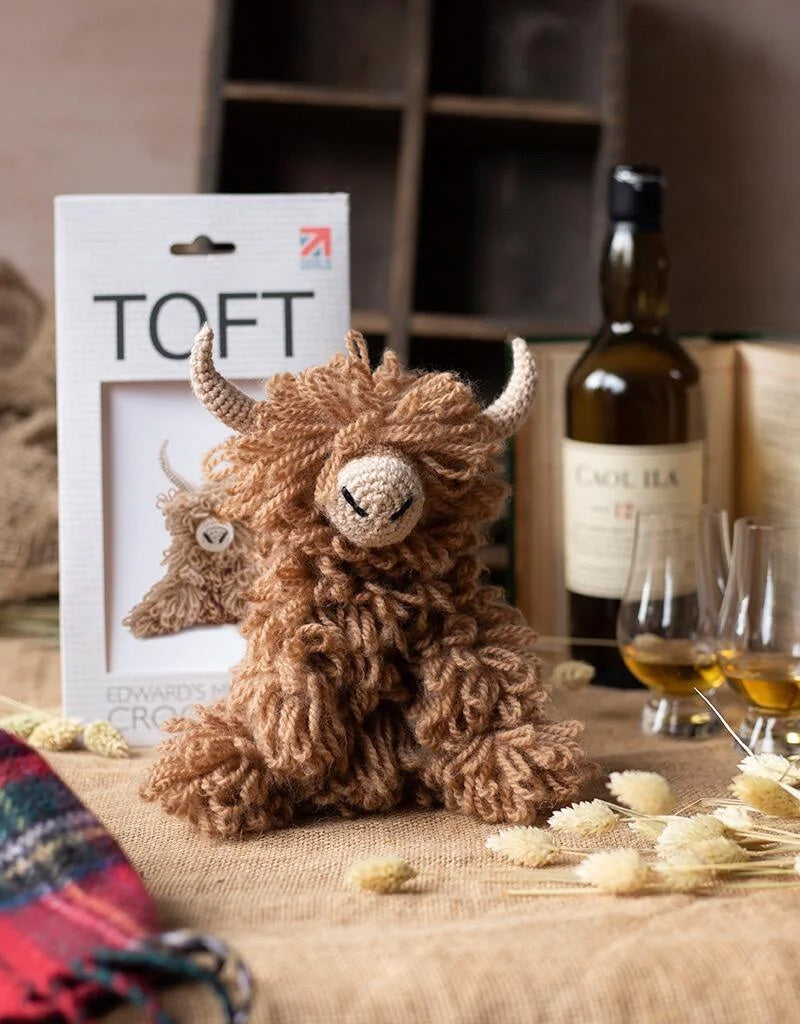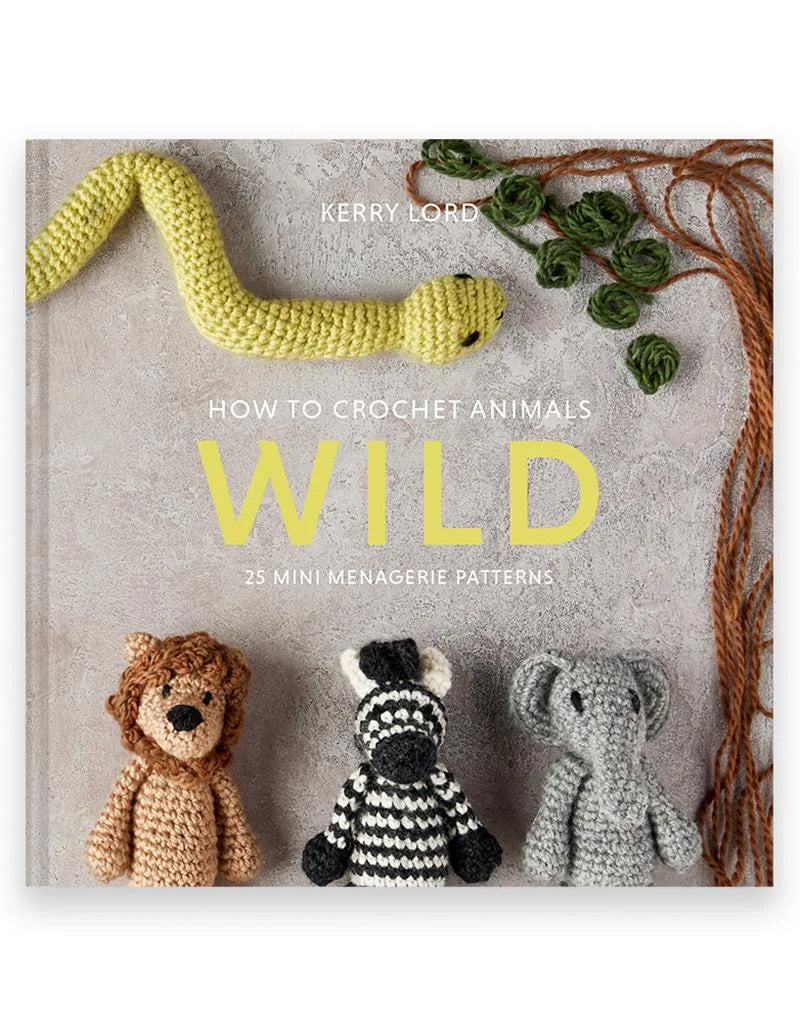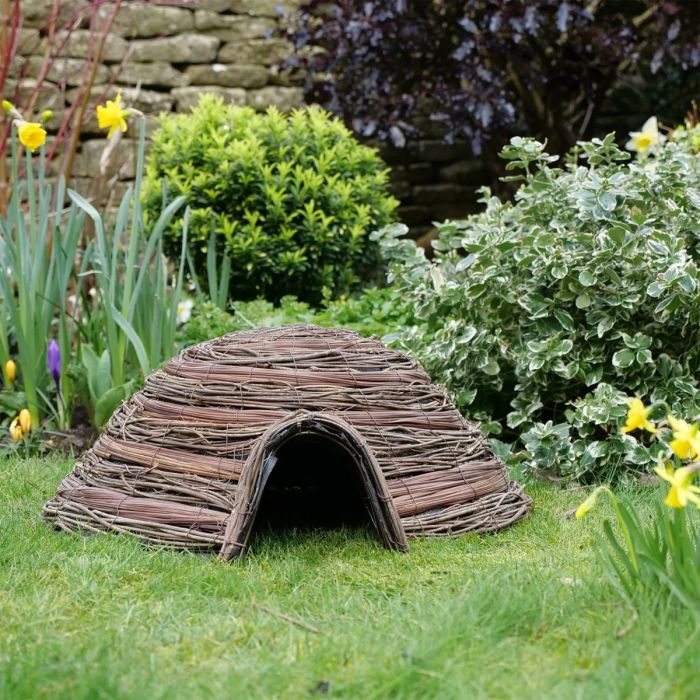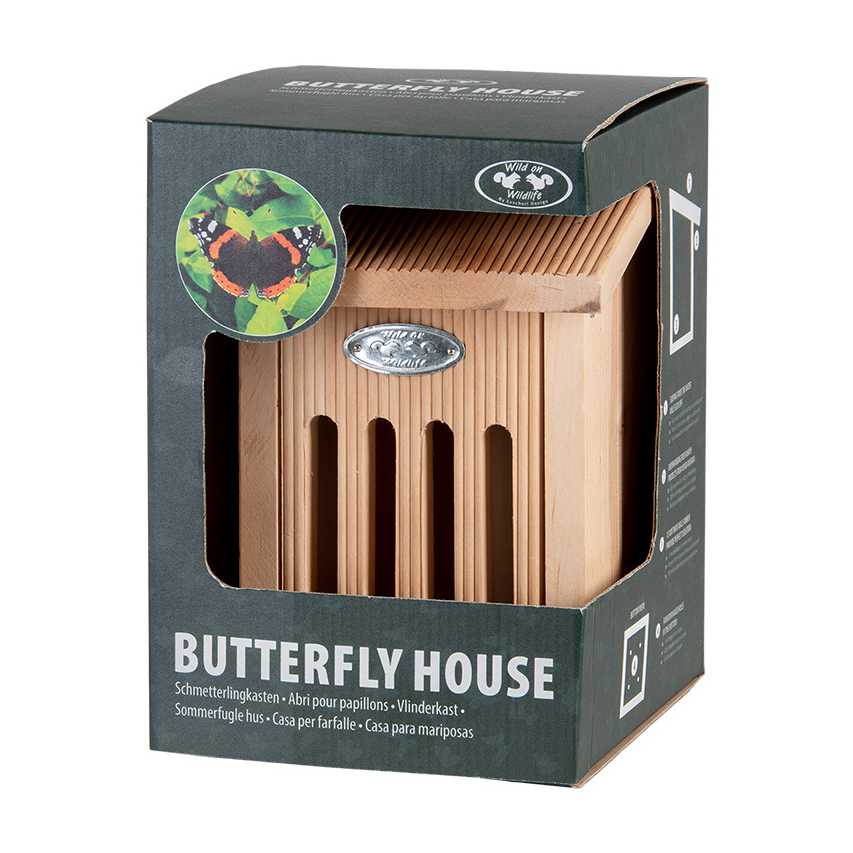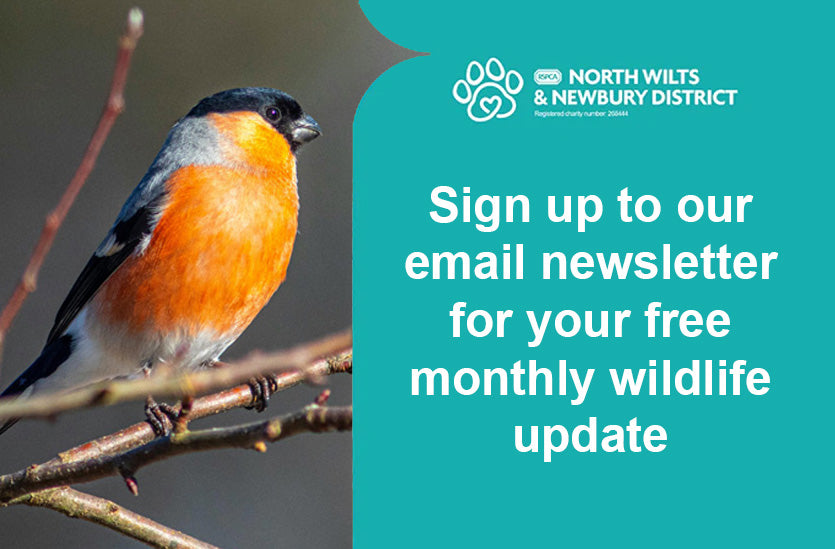Pine Martens
These elusive members of the weasel family are known for their beautiful fur and agile movements. Despite being protected under UK law, pine martens face several challenges that threaten their population. Let’s delve deeper into the world of pine martens and explore their habitat, diet, hibernation habits, and interactions with farmers.
Habitat: Pine martens are primarily found in the woodlands and forests of the UK, particularly in Scotland. They prefer dense, mature forests with plenty of trees for climbing and denning. Pine martens are excellent climbers and spend much of their time in the treetops, where they hunt for food and seek shelter. These elusive creatures are also known to inhabit rocky areas and old buildings, making use of any available hiding spots.
Diet: Pine martens are opportunistic feeders with a varied diet. Their primary food sources include small mammals such as voles, mice, and squirrels. They are also known to eat birds, eggs, insects, fruits, and nuts. Pine martens are skilled hunters, using their sharp claws and teeth to catch prey. Despite their small size, they are capable of taking down animals larger than themselves. This diverse diet helps pine martens survive in different environments and adapt to changing food availability.
Hibernation: During the winter months, pine martens enter a state of hibernation to conserve energy and survive the harsh conditions. They build nests in tree hollows or underground burrows to stay warm and protected. Hibernation allows pine martens to slow down their metabolism and reduce their energy expenditure. This period of dormancy helps them survive food shortages and extreme weather conditions. Pine martens typically hibernate from late autumn to early spring, emerging when temperatures rise and food becomes more abundant.
Protected status: Pine martens are a protected species in the UK, with legal safeguards in place to ensure their conservation. The Wildlife and Countryside Act 1981 provides protection for pine martens, making it illegal to harm or disturb them. This legislation aims to prevent further decline in pine marten populations and promote their recovery. Conservation efforts such as habitat restoration and monitoring programs help safeguard the future of these iconic creatures. By protecting pine martens, we also protect the delicate balance of the ecosystem they inhabit.
Endangered status: Despite their protected status, pine martens in the UK are still considered endangered due to historical persecution and habitat loss. In the past, pine martens were hunted for their fur and perceived threat to game birds. Deforestation and urbanization have also reduced their natural habitat, forcing them into smaller and fragmented areas. Conservationists are working tirelessly to reverse this trend and increase pine marten numbers through reintroduction programs and habitat restoration initiatives. By raising awareness and supporting conservation efforts, we can help ensure the survival of these unique animals for future generations.
Interactions with farmers: Pine martens have a complex relationship with farmers, as they occasionally prey on poultry and small livestock. While these incidents are rare, they can lead to conflicts between pine martens and farmers. To mitigate these conflicts, farmers can implement predator-proof fencing and secure their livestock at night. Non-lethal deterrents such as bright lights and loud noises can also help deter pine martens from entering farm buildings. By promoting coexistence and understanding between farmers and pine martens, we can reduce conflicts and protect both wildlife and livelihoods.
Pine martens in the UK are valuable members of the ecosystem that deserve our protection and respect. By learning more about their habitat, diet, hibernation habits, and interactions with farmers, we can appreciate the vital role they play in maintaining biodiversity. Through conservation efforts and public awareness, we can ensure a brighter future for pine martens and other wildlife species in the UK. Let’s work together to safeguard the natural heritage of our forests and protect the precious wildlife that calls them home.
Habitat: Pine martens are primarily found in the woodlands and forests of the UK, particularly in Scotland. They prefer dense, mature forests with plenty of trees for climbing and denning. Pine martens are excellent climbers and spend much of their time in the treetops, where they hunt for food and seek shelter. These elusive creatures are also known to inhabit rocky areas and old buildings, making use of any available hiding spots.
Diet: Pine martens are opportunistic feeders with a varied diet. Their primary food sources include small mammals such as voles, mice, and squirrels. They are also known to eat birds, eggs, insects, fruits, and nuts. Pine martens are skilled hunters, using their sharp claws and teeth to catch prey. Despite their small size, they are capable of taking down animals larger than themselves. This diverse diet helps pine martens survive in different environments and adapt to changing food availability.
Hibernation: During the winter months, pine martens enter a state of hibernation to conserve energy and survive the harsh conditions. They build nests in tree hollows or underground burrows to stay warm and protected. Hibernation allows pine martens to slow down their metabolism and reduce their energy expenditure. This period of dormancy helps them survive food shortages and extreme weather conditions. Pine martens typically hibernate from late autumn to early spring, emerging when temperatures rise and food becomes more abundant.
Protected status: Pine martens are a protected species in the UK, with legal safeguards in place to ensure their conservation. The Wildlife and Countryside Act 1981 provides protection for pine martens, making it illegal to harm or disturb them. This legislation aims to prevent further decline in pine marten populations and promote their recovery. Conservation efforts such as habitat restoration and monitoring programs help safeguard the future of these iconic creatures. By protecting pine martens, we also protect the delicate balance of the ecosystem they inhabit.
Endangered status: Despite their protected status, pine martens in the UK are still considered endangered due to historical persecution and habitat loss. In the past, pine martens were hunted for their fur and perceived threat to game birds. Deforestation and urbanization have also reduced their natural habitat, forcing them into smaller and fragmented areas. Conservationists are working tirelessly to reverse this trend and increase pine marten numbers through reintroduction programs and habitat restoration initiatives. By raising awareness and supporting conservation efforts, we can help ensure the survival of these unique animals for future generations.
Interactions with farmers: Pine martens have a complex relationship with farmers, as they occasionally prey on poultry and small livestock. While these incidents are rare, they can lead to conflicts between pine martens and farmers. To mitigate these conflicts, farmers can implement predator-proof fencing and secure their livestock at night. Non-lethal deterrents such as bright lights and loud noises can also help deter pine martens from entering farm buildings. By promoting coexistence and understanding between farmers and pine martens, we can reduce conflicts and protect both wildlife and livelihoods.
Pine martens in the UK are valuable members of the ecosystem that deserve our protection and respect. By learning more about their habitat, diet, hibernation habits, and interactions with farmers, we can appreciate the vital role they play in maintaining biodiversity. Through conservation efforts and public awareness, we can ensure a brighter future for pine martens and other wildlife species in the UK. Let’s work together to safeguard the natural heritage of our forests and protect the precious wildlife that calls them home.


